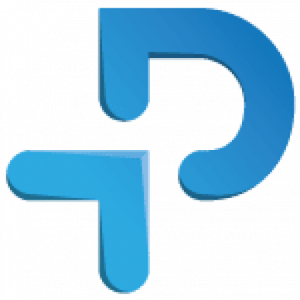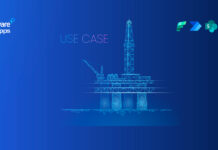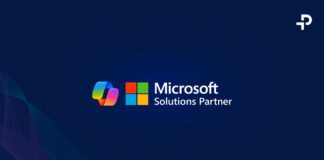For years, Artificial Intelligence (AI) has been viewed with a certain duality in the workplace: a promising tool, yes, but also a potential threat to employment. Today, that narrative is shifting. AI is not here to compete with human talent. It complements, enhances, and frees it to deliver greater value. It doesn’t just optimize tasks; it redefines roles, fuels creativity, and strengthens decision-making. AI has evolved from being merely a tool for automation to becoming a key driver of workplace transformation.
In this new landscape emerges Work 3.0, a model where humans and AI collaborate strategically to boost efficiency without replacing human talent. This model represents a significant evolution from previous stages: Work 1.0 brought industrial mechanization; Work 2.0, digitization and automation. Now, with Work 3.0, we enter a phase where collaboration between people and AI reshapes the way we work. AI doesn’t just perform repetitive tasks—it continuously learns, analyzes large volumes of data, identifies patterns, predicts behaviors, and generates insights from all available information.
From automation to amplification
This capability not only improves operational efficiency but—more importantly—expands the strategic potential of organizations. By offloading routine or analytical tasks to AI, professionals can focus on higher-value activities like complex decision-making, innovation, business strategy, and building meaningful human relationships.
We’re already seeing the benefits across sectors: in marketing, AI generates optimized content and segments audiences precisely, enabling teams to focus on creativity and strategy. In finance, it processes millions of data points in seconds, offering insights that help analysts make smarter decisions. The key isn’t what AI does on its own—it’s how it helps people do their jobs better.
However, for this collaboration to be effective, technical training alone isn’t enough. We must go further: true adoption is essential. A course on ChatGPT or Copilot may teach how to use a tool, but seamlessly integrating it into daily workflows—organically and across departments—is what turns technology into a real lever of transformation. That’s the difference between a digitized company and a truly transformed one.
Digitalization vs transformation
Digitization involves adding tech tools to optimize existing processes. It’s a necessary step—but not a sufficient one—because the company continues operating under the same structures and mindsets. Digital transformation, on the other hand, is a deeper, strategic, and cultural shift—a complete rethinking of the business model where people drive the change. A digitized company does the same things faster. A truly transformed company dares to do things differently.
In this process, the Human Capital function plays a crucial role. Work 3.0 is not just a technological shift—it’s a cultural and organizational one. It demands leadership, support, active listening, and a clear vision of the future of work. AI shouldn’t be an optional tool—it must become an essential part of the workplace ecosystem.
HR teams must lead this transition by developing progressive adoption plans that help employees adapt; crafting real adoption strategies with clear processes and measurable objectives; and building internal narratives that present AI as an ally of talent, not its replacement. As workplace uncertainty grows alongside technological innovation, organizations must create transparent, inspiring narratives about AI.
Managing fear and building trust
Around 40% of global employment is exposed to AI. Historically, automation and information technologies have primarily impacted routine tasks. What makes AI different is its reach into highly skilled roles. This means AI poses greater risks to advanced economies than to emerging or developing markets—but it also offers more opportunities to leverage its advantages.
Workers’ fear of being replaced by machines is valid—especially in light of projections from the International Monetary Fund, which estimates that AI will affect nearly 40% of jobs in advanced economies. For half of those roles, AI could boost productivity. But in the other half, AI might perform tasks currently handled by humans—leading to lower wages, reduced hiring, or even job losses.
If organizations fail to address workers’ fears with honest and human communication, resistance, demotivation, or distrust may arise. That’s why deploying tech tools is not enough—we must explain why they’re being used, listen to concerns, and—above all—build a trust-based framework in which AI is clearly understood as a tool in service of people, not against them.
Talent leaders must reaffirm the value of human skills like creativity, empathy, ethical judgment, leadership, and collaboration—and demonstrate how technology can amplify these traits. Because it’s still humans who decide how to use AI, for what purposes, and under what values. And that remains the most powerful competitive edge any organization can have.
Shared intelligence is the future
Beyond fostering a culture of trust in technology, it’s also essential to encourage collaboration, establish measurable goals for AI adoption, and create enabling environments. This is not a distant future—it’s a reality already in motion. Organizations that understand this will not only increase efficiency, but also boost their capacity for innovation and talent attraction.
In short, Work 3.0 isn’t just about adopting new technology—it’s about transforming the way we collaborate with it. Moving beyond automation to create real organizational impact. Because in the future of work, intelligence won’t just be artificial—it will, above all, be shared.
Article originally published on equipos&talento.






